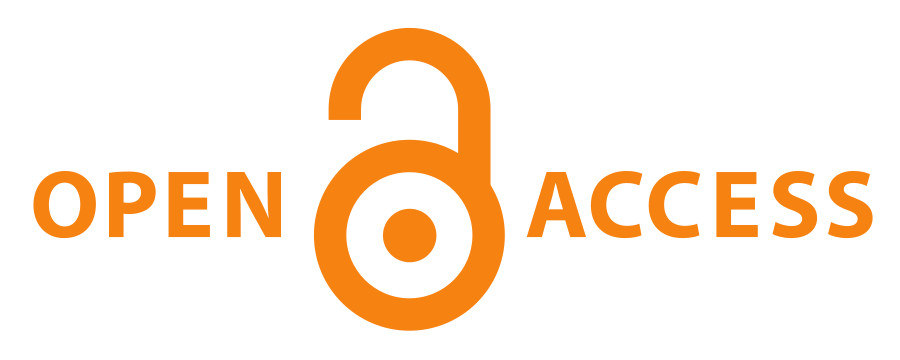Die Verbannung aus dem TV-Eden Frauen in den Nachrichtensendungen des ORF
DOI:
https://doi.org/10.15203/ozp.746.vol29iss2Abstract
Die politische Repräsentation von Frauen macht zwar Fortschritte, doch ist sie in den zentralen politischen Institutionen noch weit von einer zumindest annähernden Gleichheit mit den Männern entfernt. Noch trister sieht es – wie dies anhand einer Fallstudie der ORF-Nachrichtensendungen im Untersuchungszeitraum 1998 nachgezeichnet wird – in der TV-Berichterstattung aus, wo Frauen sogar seltener vorkommen, als es ihrer institutionellen Präsenz entspricht. Dabei bilden gerade Visibilität und politische Öffentlichkeit, die heute in der Politik vorwiegend über das Fernsehen erfolgen, die wesentliche Voraussetzung für die „Erschaffung der PolitikerInnen”. Ein zentraler Grund für diese fehlende TV-Öffentlichkeit von Frauen ist die männlich dominierte Nachrichtenselektion. Als Schritt in Richtung substantieller TV-Gleichheit für Frauen wird analog zur Debatte um Frauenförderung durch Quoten eine Quotenregelung in der TV-Berichterstattung angeregt.Downloads
Issue
Section
License
The OZP is the authorized quarterly publication of the Österreichische Gesellschaft für Politikwissenschaft (ÖGPW, Austrian Political Science Association)
The author of an article (in case of multiple authors: the corresponding author, responsible for releasing this material on behalf of any and all co-authors) accepted to be published in the OZP hereby acknowledges the following Copyright Notice:
- The author retains the copyright to the article.
- It is the responsibility of the author, not of the OZP, to obtain permission to use any previously published and/or copyrighted material.
- Publication of a submitted text is dependent on positive results from the peer reviewing. In such a case, the OZP editors have the right to publish the text.
- In case of publication, the article will be assigned a DOI (digital object identifier) number.
- The author agrees to abide by an open access Creative Commons Attribution (CC BY nc) license. The license permits any user to download, print out, extract, reuse, archive, and distribute the article in any non-commercial way, so long as appropriate credit is given to the author and source of the work.
- The license ensures that the author’s article will be available as widely as possible and that the article can be included in any scientific archive. In order to facilitate distribution, the author agrees that the article, once published, will be submitted to various abstracting, indexing and archiving services as selected by the OZP.
- In addition, the author is encouraged to self-archive the article, once published, with reference to the place of the first publication.
- After the contribution appears in the OZP, it is still possible to publish it elsewhere with reference to the place of the first publication.
- The finished article, if published, will include a correspondence address (both postal and email) of the author.
- If written under the auspices of a grant from one or more funding agencies, such as FWF (Austrian Science Fund), ERC (European Research Council), and Horizon 2020 (EU Framework Programme), an article accepted for publication has to be deposited in an Open Access archive. The OZP’s archiving policy is compliant with these provisions. (In case the article derives on funding from a different source, the author is responsible to check compliance of provisions.)




